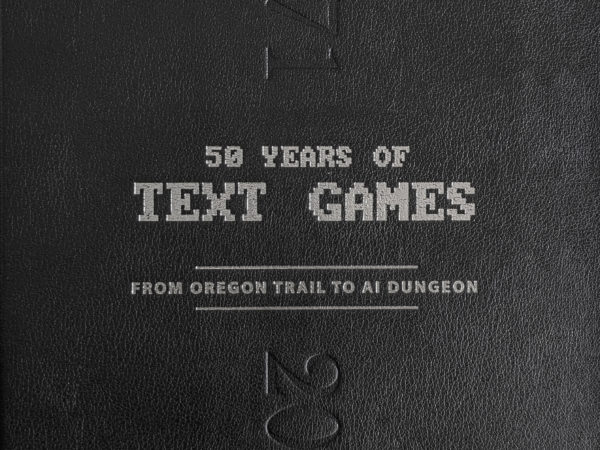THERE IS A vast openness – visually, thematically, atmospherically – to any given Tarkovsky film that feels easy to attribute to the monumental scale of Russia, both in its history and its sheer physical size. But this too-easy association belittles an artist who brought immense visions to life as much in spite of his homeland as because of it. The director’s neverending string of trials and tribulations is legendary: the six years he spent out of work after Andrei Rublev, the endless setbacks in filming Stalker (itself based on a heavily-censored novel) that required months of refilming and nearly scuttled the production, the camera mishap that required a complete redo of the house fire that ends The Sacrifice.
There’s always the temptation to treat films that have taken such a toll on their creators as a fine vintage of wine, only to be enjoyed in appropriately solemn circumstances, and finished completely once started. In the case of film, this would mean only watching original versions, in the theater, in their entirety, with a proper projection and sound setup. Video/DVD/streaming is already several steps down; YouTube and torrents are even further, watching on a mobile device is borderline sacrilege.
What, then, about watching a film within a videogame? Is this a future-thinking blending of genres, or a new low, several steps below watching bootlegged clips on a phone on the subway? The answer depends on the film as well as the game. Both GTA5 and Red Dead Redemption have in-game films, watchable in their very own in-game theaters – but in the overarchingly satirical (in the case of the former) and hyper-violent (in the case of both) game universes, these films are relegated to the role of momentary distractions between blood-and-adrenaline-soaked missions.
What would it take to convince someone playing a game to stop for a full 12 minutes and watch the slow, wordless final scenes of a Tarkovsky film? Only a game like The Witness could pull off such a feat: the legendarily punishing puzzle game demands endless patience, but doesn’t go out of its way to reward it, with many puzzles leading only further into spirals of maddening difficulty.

The Witness
What The Witness does reward, however, is attention. The game’s entire premise hinges on having a heightened sense of visual anomalies, leading to an obsessively careful “viewing” of the game world – and in extreme cases, the real world. It takes place on a seemingly abandoned island strewn with varied modern ruins containing hundreds of puzzles. In addition to this core game mechanic, the gameworld also includes audio and video “easter eggs” scattered throughout the scenery, and includes a fully-equipped AV room where actual film sequences of varying lengths can be viewed.
This “theater” can be found by traveling through one of several underground passages beneath the central windmill. It plays a total of six clips, which can be unlocked by solving puzzles scattered across the island, with the final clip being the entire end sequence of Tarkovsky’s Nostalghia (1983). And while it’s an ambitious move, the sudden appearance of real-world film in the game’s sterile, brightly-lit environments is jarring, and is (along with the real-world audio clips scattered across the island) arguably an unnecessary removal from an otherwise creepily convincing gameworld.
Videogames and film have a notoriously fraught relationship, which usually consists of the former being made into barely-watchable versions of the latter (Doom, Prince of Persia), and the latter being licensed into mostly forgettable versions of the former. Add in the broadest stereotypes about the consumers of each, and the proposition of watching a notoriously ponderous director’s work mid-game seems practically impossible. And yet, this particular pairing works. Jonathan Blow’s games (both The Witness and the earlier Braid ) have produced film-critic style responses, and both have too been accused of Tarkovsky-esque ponderousness.
Taken together, the game and the film clip it contains balance each other out as slow, heavy counterweights. The Witness trains its players – who are, in all practical senses, a captive audience – to look not only at, but into and through its world in order to solve it. The effect of many of the game’s puzzles is somewhat like that of stereograms, where a hidden drawing can only be seen once the viewer stops trying to see it and simply looks long enough. By the time players reach the underground viewing room, they have been trained to be patient, observe carefully, and abandon traditional visual clues – arguably the perfect state of mind in which to view 12 minutes of a Tarkovsky film. For all the criticisms leveled at the game for its sterility and preciousness, its ability to make players not only watch a film, but truly observe it, is remarkable.




